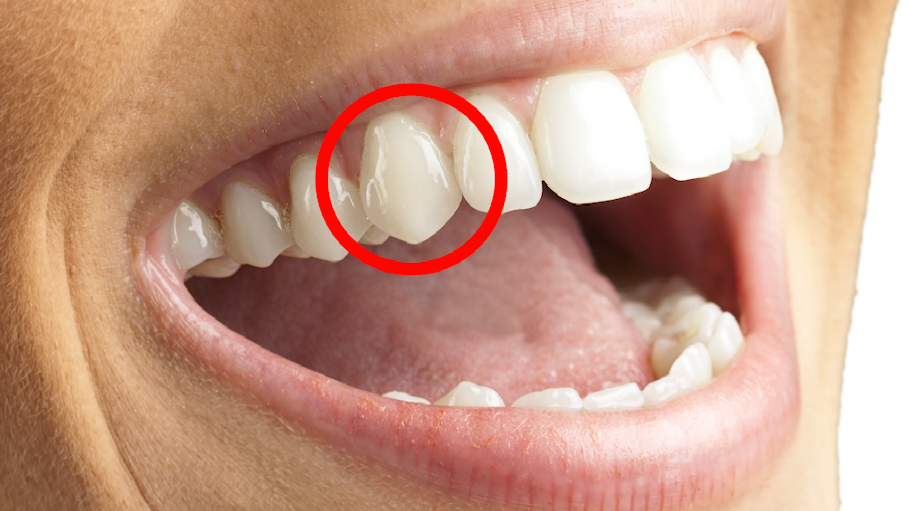- Humans have sharp front teeth called canines, just like lions, hippos, and other mammals.
- Contrary to popular belief, human canines are not for tearing and ripping meat. Instead, our ancestors used them to fight male rivals for mating rights.
- Over time, human species evolved smaller and smaller canines as we stopped using our teeth as weapons.
Following is a transcript of the video.
Lions have them, hippos have them, and even you and I have them: canines, those long, pointy front teeth. They’re actually the longest teeth in the human mouth. So what are these long, sharp teeth doing among our short, stubby ones? Well, contrary to popular belief, it’s not for tearing and ripping meat. The real reason is actually much more romantic than that.
Human men today have 10% longer canines than women, and this difference isn’t unique to our species. Our close relatives, gorillas, have it as well to an even larger extent. Males’ canines are twice as long as females’. That’s because in gorilla society, males compete for exclusive mating rights to the entire female troop, and the male with the longest, most intimidating set of fangs usually wins. Over time, gorillas have evolved increasingly longer canines, but when it comes to humans, our teeth took a different evolutionary path. Our canines have actually become shorter over time. Just look at the canines on the first human, Ardipithecus ramidus, or Australopithecus anamensis versus modern humans.
In fact, our canines today are the shortest they’ve ever been, and the difference between male and female canines got less pronounced as well. That’s because unlike modern gorillas who take after our shared ancient ancestors, human men eventually stopped fighting with their teeth somewhere along the way. Now, scientists aren’t entirely sure why this happened, but one possibility is that our babies grew increasingly defenseless, so males had to spend more time on childcare and less time on winning a mate.
As a result, all that's left in our mouths today is the memory of a more slobbery method of one-upping our peers. That's right, those canines you carry around today aren't particularly useful. For one thing, they're not long enough to grab and hold on to prey the way lions use them, and they're not big enough to intimidate predators' arrivals the way hippos use them. Instead, they help us bite into food. That's it. Turns out, evolution isn't always useful, but while the truth about our canines might be disappointing, those teeth are still pretty amazing because anthropologists use canine size and shape to help track when humanlike ancestors evolved. So in a way, our tiny canines make us who we are.
